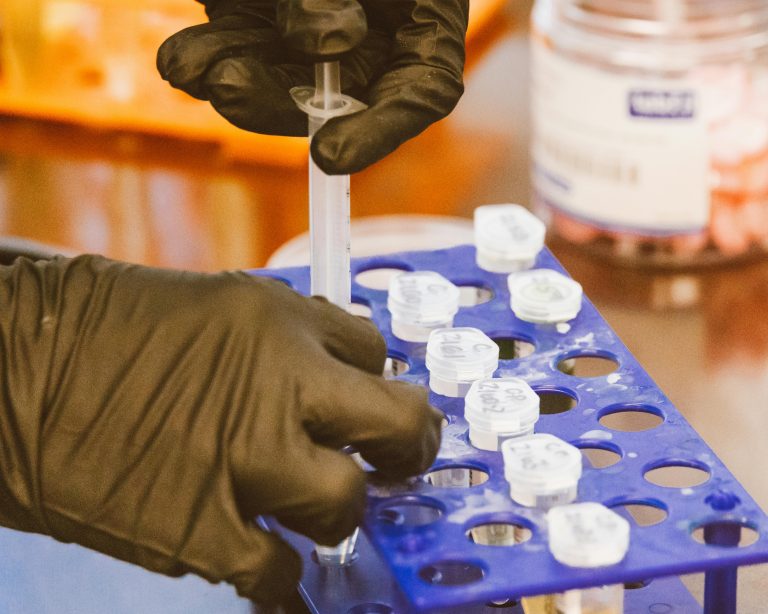DHA (docosahexaenoic acid) is a type of omega-3 fatty acid essential for the proper functioning of the brain, eyesight, cardiovascular system and joints.
Despite its broad health benefits, DHA faces a significant technical challenge: its susceptibility to oxidation.
This not only reduces the sensory quality of products containing DHA, but also shortens their shelf life. Fortunately, microencapsulation technology has emerged as an innovative solution to overcome these challenges, ensuring the stability of DHA in foods and improving the consumer experience.
One of the biggest problems faced by the food industry when incorporating DHA into products is its high susceptibility to oxidation, which leads to the appearance of unpleasant aromas and flavours, such as rancidity, that not only deteriorate product quality, but also affect the consumer experience. Fortified products can quickly lose their nutritional value if not stored correctly, leading to reduced shelf life and, in many cases, customer dissatisfaction.
To mitigate the negative effects of oxidation, microencapsulation technology has proven to be an effective solution. This process consists of encapsulating DHA molecules in a protective layer, usually composed of polymers or natural materials, which isolates them from oxygen and other agents that can cause their degradation.
Microencapsulation not only prevents oxidation, but also protects the DHA during the production and storage process, ensuring that its benefits remain intact until the product reaches the end consumer.


